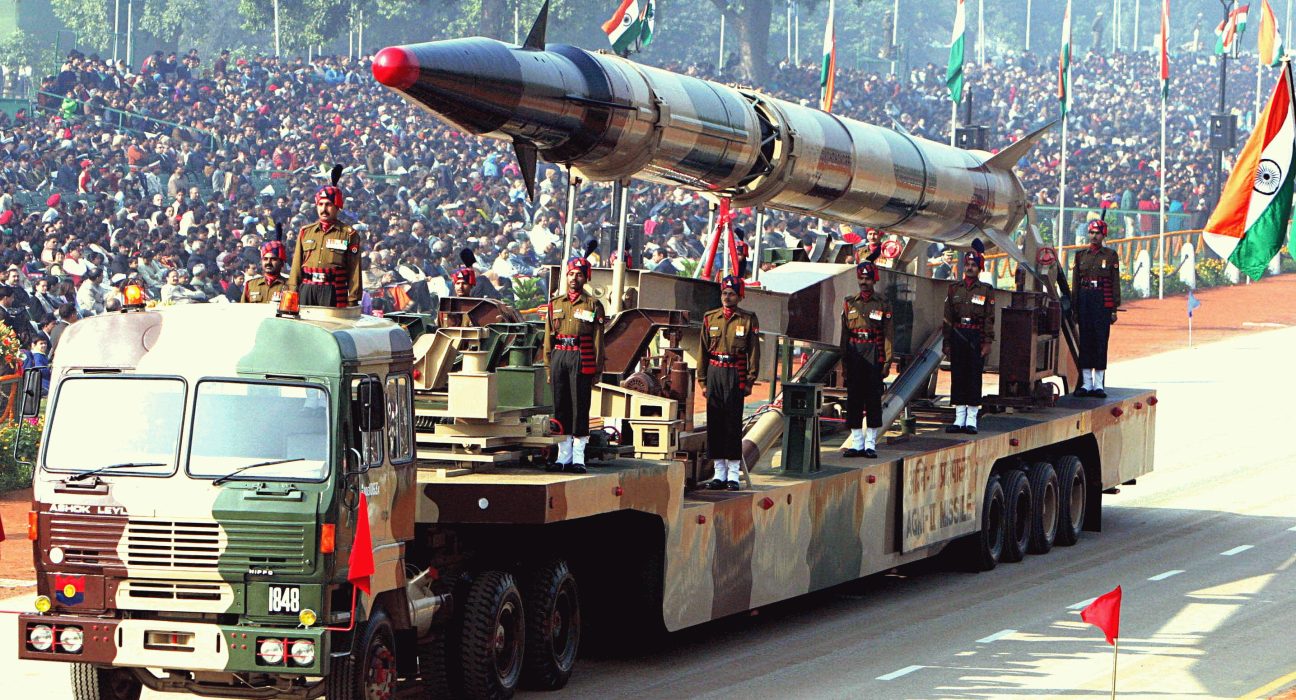Introduction
Military rivalry between India and Pakistan has long been the gathering point for global defense discussions; both nations have claimed a malignant arsenal. From nuclear warheads to advanced ballistic missiles, India’s aggression against Pakistan reveals considerable insight into their strategic abilities.
Recent reports, such as those from the people of SIPRI, highlight India’s slight lead in nuclear warheads compared to 172 in Pakistan until January 2024. This blog post dives deep into its military powers, which provides official insights to understand the characters, real-world examples, and the balance of power in the South.
Table of Contents
Atomic Arsenal: A delicate balance of power
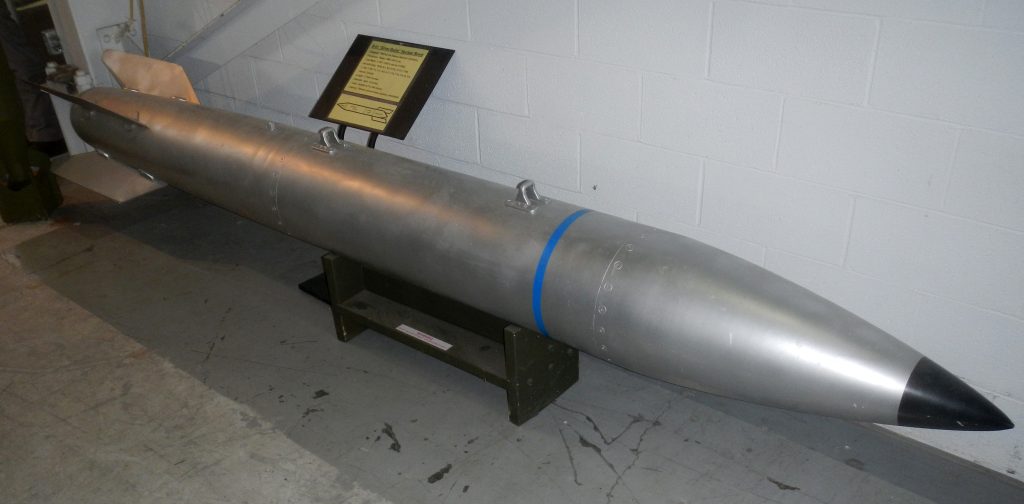
Non-nuclear abilities are central to the story of India vs. Pakistan’s weapons. According to the Stockholm International Peace Research Institute (SIPRI), India had 172 nuclear warheads in January 2024, leaving Pakistan’s 170 behind with a narrow margin. This is the first time in two decades that India is ahead of Pakistan on the nuclear list.
- India’s nuclear program: Warheads are distributed through land-based missiles and submarine-launched ballistic missiles (SLBMS) in India, aircraft, and the Fire Chain Arsenal. India’s nuclear-controlled submarine, INS Arihant, improves its second-strike capacity.
- Pakistan’s nuclear strategy: Pakistan focuses on strategic nuclear weapons, such as the Naser missile, designed for use on the battlefield. Its atomic theory emphasizes the preventive against India’s traditional superiority.
Example: In 2019, Balkot underwent air strikes under ventilative reaction from India and Pakistan, emphasizing the role of nuclear prevention to prevent growth. The neutral attitude of the two countries ensured that conflicts were limited.
Traditional power: Tank, artillery and labor
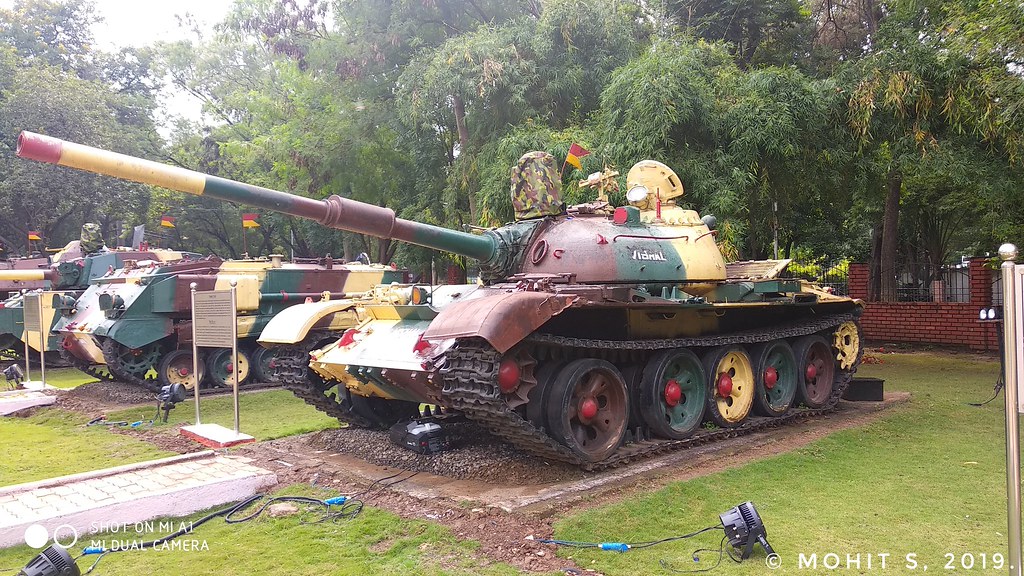
Beyond nuclear weapons, traditional forces play an important role in India against Pakistan’s weapons. India’s large economy and population provide a numerical advantage, while Pakistan has a strong, tight force.
Tank: India runs 614 tanks, including indigenous Arjun and Russian T-90s, compared to Pakistan’s 742, including Chinese Type 59 and Al-Khalid-T tanks. Pakistan’s high thoughts focus on armored war with the border.
Artillery and Rocket Systems: 702 rocket systems in India, including Pinaka, leaving 602 in Pakistan. However, Pakistan’s recent placement of Fatah-II missiles near the border focuses on the exact strike.
Manpower: India’s active soldier number is 1.45 million; Pakistan has 650,000 soldiers. This inequality allows India to maintain a large, multifaceted, competent strength.
Case study: During the border voltage in 2025, Pakistan allegedly distributed the Chinese team type 59 beach wagons, while India showed its separate strategic priorities with S-400 Air Defense Systems in Adampur.
Missile system: range and accuracy
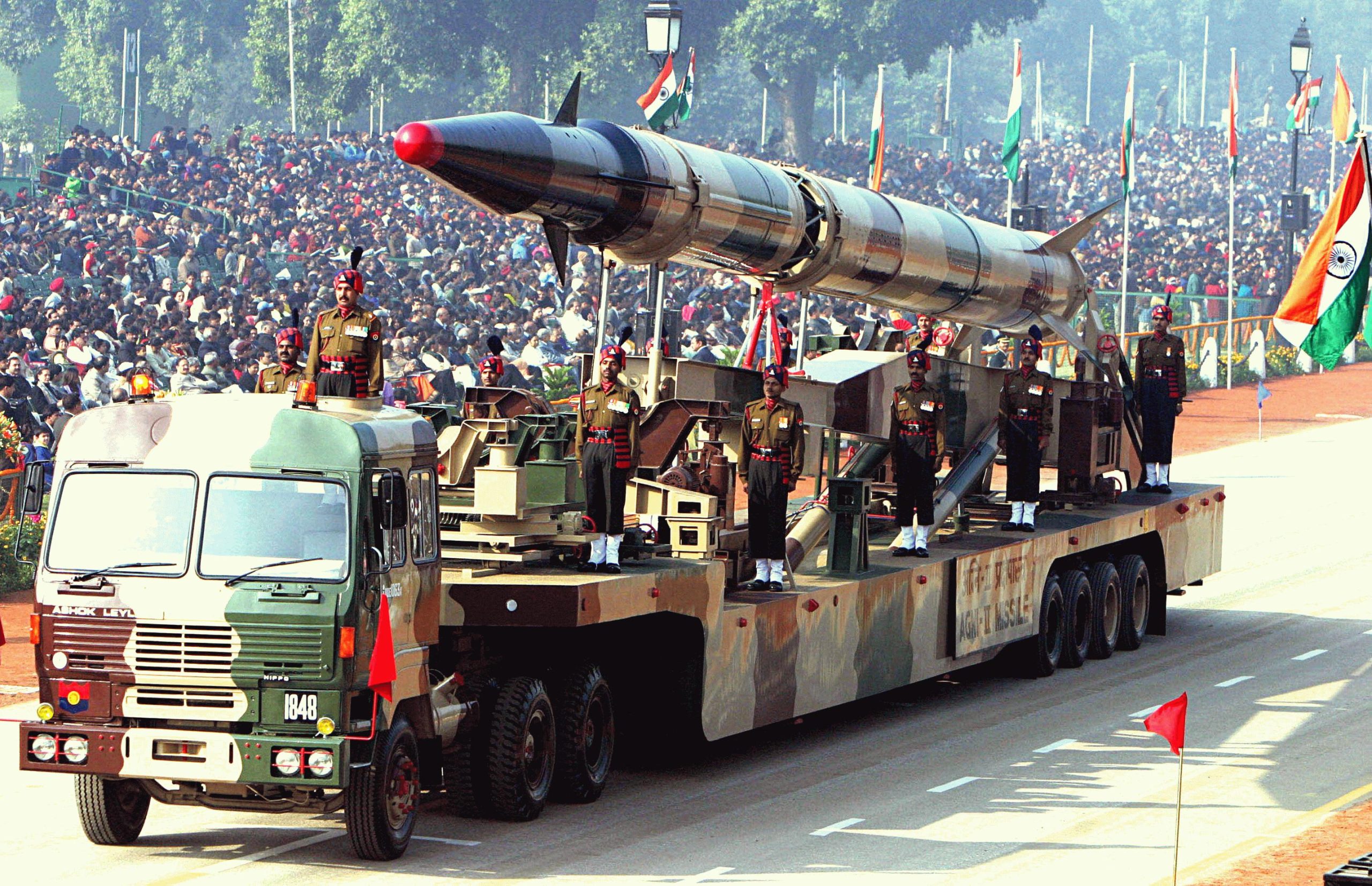
Missile technology is an important aspect of India vs. Pakistan’s weapons scenario. India’s ballistic missile program has a clear lead in reach and diversity, but Pakistan’s progress in cruise and strategic missiles keeps it competitive.
India’s missile arsenal: Agni-V, along the border to 5,000 km, and BrahMos supersonic cruise missiles focus on India’s long-distance and accurate attacks. India’s missile defense system, such as the S-400, increases its strategic depth.
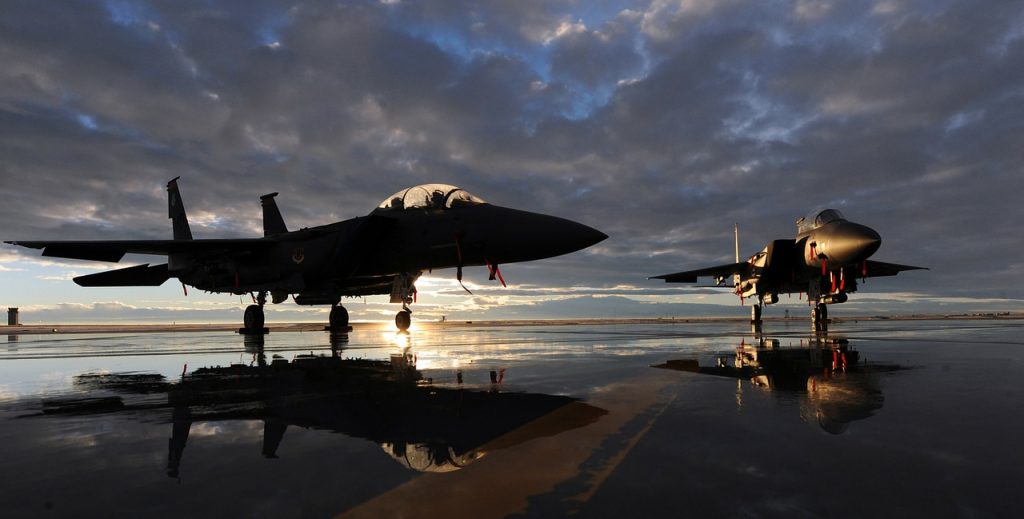
Pakistan’s missile features: Pakistan’s Babur Cruise Missile and Shaheen-III Ballistic Missile (2,750 km range) provide reliable internment. Fatah-II, posted in 2024, targets Indian border areas with high accuracy.
Statistics of India vs. Pakistan Weapons: A Comparison with Military Abilities India’s missile program benefits from the $81 billion in 2024, while Pakistan enables larger investments in R&D compared to $10 billion.
Navy and Air Power: Extension of Horizon
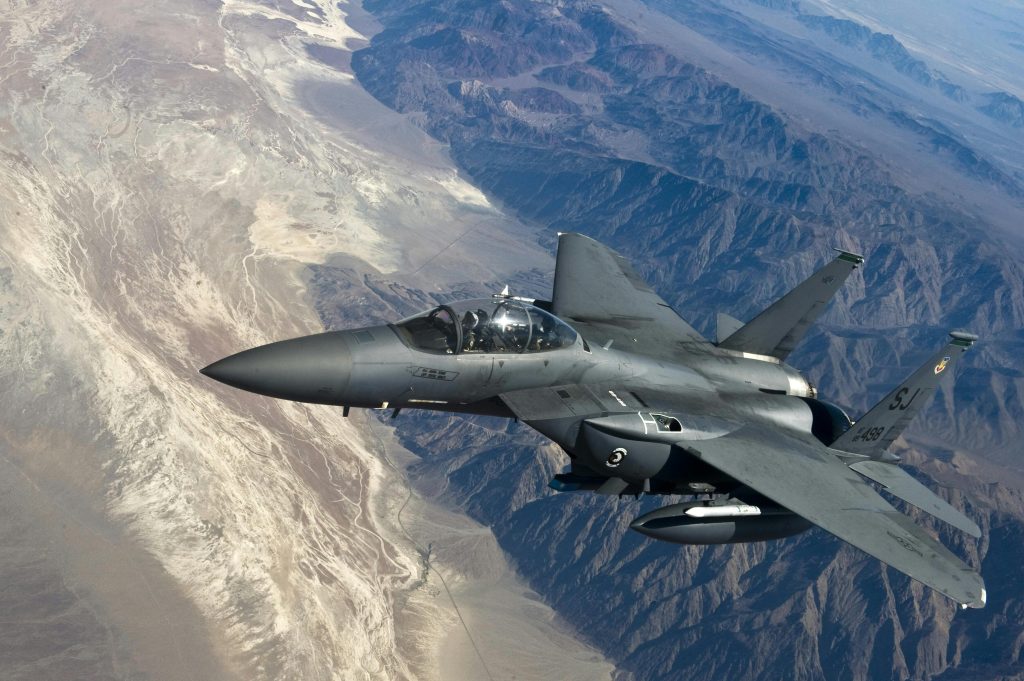
The Navy and the Air Force are important compared to India’s weapons against Pakistan. India exploits its geographical benefits and large budget.
The strength of the Navy: 18 submarines in India, including nuclear-controlled ones, 8 in Pakistan, and 8 of Pakistan. India’s aircraft carrier, INS Vikrant, includes and forwards the balance.
Air Force: India’s Air Force, with 2200 aircraft, including Rafael Jets, dwarfs Pakistan, which relies on Chinese J-10s and American F-16s. India’s focus on indigenous people and Tejas fighter jets improves confidence.
Example: In 2025, India’s deployment of the S-400 system demonstrated near Pakistan’s superiority in air defense and potentially neutralized Pakistan’s air attack skills.
Missile system: range and accuracy
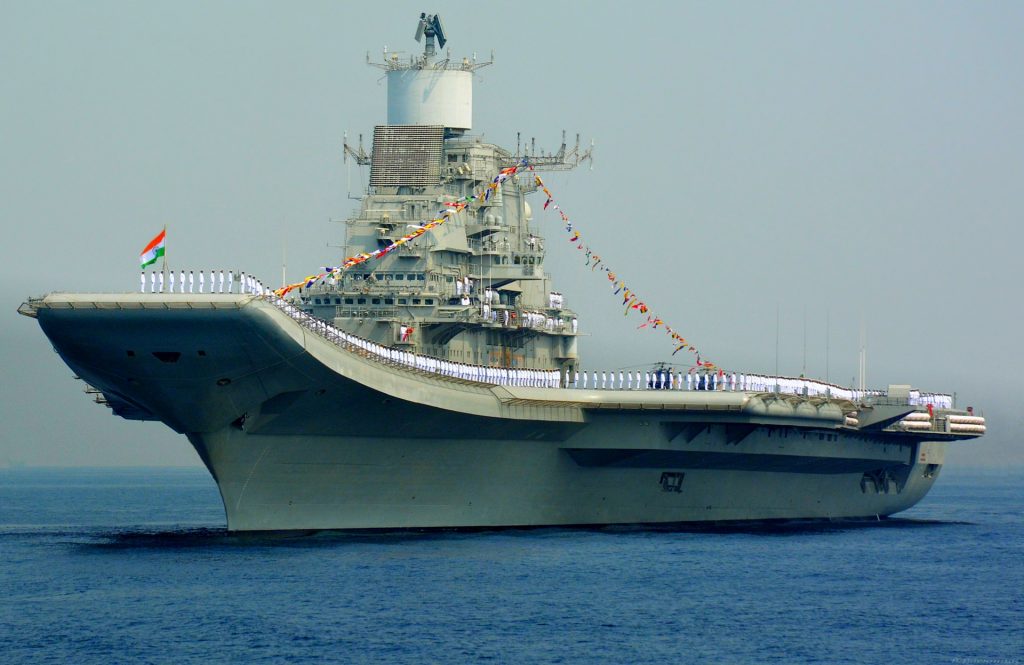
Missile technology is an important aspect of India vs. Pakistan’s weapons scenario. India’s ballistic missile program has a clear lead in reach and diversity, but Pakistan’s progress in cruise and strategic missiles keeps it competitive.
India’s missile arsenal: Agni-V, along the border to 5,000 km, and BrahMos supersonic cruise missiles focus on India’s long-distance and accurate attacks. India’s missile defense system, such as the S-400, increases its strategic depth.
Pakistan’s missile features: Pakistan’s Babur Cruise Missile and Shaheen-III Ballistic Missile (2,750 km range) provide reliable internment. Fatah-II, posted in 2024, targets Indian border areas with high accuracy.
Statistical: India’s missile program benefits from the $81 billion in 2024, while Pakistan enables larger investments in R&D compared to $10 billion.
Navy and Air Power: Extension of Horizon

The Navy and the Air Force are important compared to India’s weapons against Pakistan. India exploits its geographical benefits and large budget.
The strength of the Navy: 18 submarines in India, including nuclear-controlled ones, 8 in Pakistan, and 8 of Pakistan. India’s aircraft carrier, INS Vikrant, includes and forwards the balance.
Air Force: India’s Air Force, with 2200 aircraft, including Rafael Jets, dwarfs Pakistan, which relies on Chinese J-10s and American F-16s. India’s focus on indigenous people and Tejas fighter jets improves confidence.
Example: In 2025, India’s deployment of the S-400 system demonstrated near Pakistan’s superiority in air defense and potentially neutralized Pakistan’s air attack skills.
Emerging Technologies: Drone and Cyber Warfare
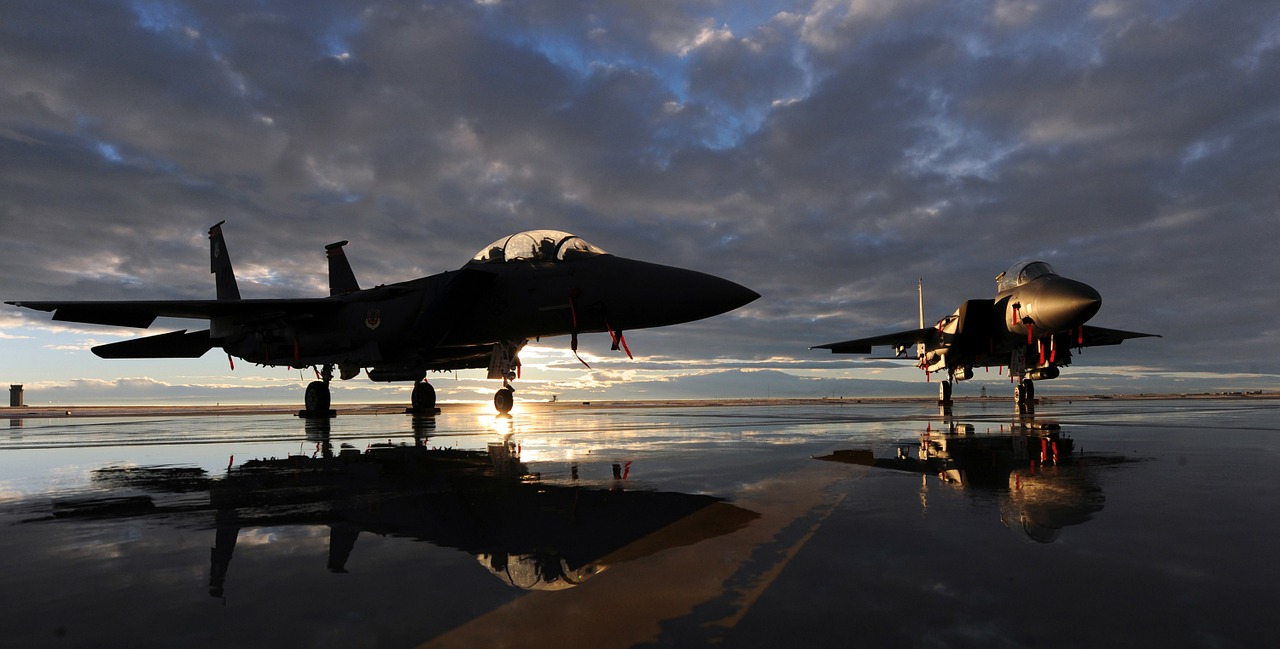
Both nations invest in new technologies; dynamically, India changes against Pakistan. India vs Pakistan weapons: a Comparison with Military Abilities
Drone: India’s DRDO-developed drones, such as Ghatak, are monitoring and increasing strike functions. Burrak Drones of Pakistan, used in border operations, focuses on cost-effective solutions.
Cyber Warfare: Both countries have developed aggressive cyber skills, with India’s Cyber Command and Pakistan’s reported hacking units targeting important infrastructure.
Statistics: India’s investment in AI and cyber warfare is expected to reach $2 billion by 2026, which has surrounded Pakistan’s $500 million.
Conclusion
India vs. Pakistan is a complex balance of power. Compared to Pakistan’s weapons, India has benefits in nuclear warheads, traditional forces, and marine/air power, while Pakistan maintains a competitive leadership in strategic missiles and armored units.
Recent reports, for example, the 2024 conclusions of SIPRI, outline India’s less nuclear leadership, but Pakistan’s strategic attention ensures that it is still a malignant rival. To make a deep dive into the military dynamics of South Asia, find out about our respective blogs about India’s defense strategies or share your views in the comments below. How do you see this rivalry developing? Let us know!
FAQs
1. How many nuclear warheads are there in India and Pakistan in 2025?
As of January 2024, India has 172 nuclear warheads, while Pakistan has 170, according to SIPRI. This is a shift that India defeated Pakistan for the first time in about two decades.
2. Which country has a strong missile program?
India’s missile programs, with long-distance Agni-V and Brahmos, have wider access, while Pakistan’s Shaheen-III and Fateh-II focus on the exact and preventative. India’s big budget gives it an advantage in R&D.
3. How do you compare India and Pakistan in traditional powers?
India’s 1.45 million active soldiers and 614 tanks are outside Pakistan’s 650,000 soldiers and 742 tanks. However, Pakistan’s attention to strategic weapons and dynamics holds it competitive.
4. Are drones important in India-Pakistan military strategies?
Yes, India’s Ghataks and Pakistan’s Burraq drone improve surveillance and strike options, reflecting a change to cost-effective technologies with high influence in their arsenal.



